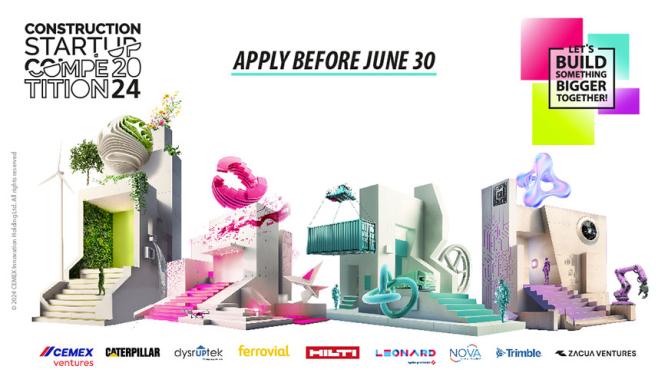Can you explain to us how Nooco was born?
At the beginning of 2020, when I was in charge of open innovation at VINCI Energies, I wanted to create a platform that would respond to the lack of a trusted third party, transparency and enforceability on carbon issues.
This desire was born after having met a good twenty solutions that claimed to be able to assess the carbon footprint of a project or a company. However, I found that 90% of them lacked sufficient scientific rigour. Many of their hypotheses were indeed unverifiable. For the remaining 10%, I obtained very different results with the same input data, with no way of simply comparing them. This is already a problem today, because in the context of a call for tenders, for example, I believe that the client must be able to compare the environmental impact of the various respondents.
This is how Nooco came into being, first for the technical parts of the building in 2020, where there was a huge gap, and then for the whole building in 2021. In 2022 we plan to gradually open up to other industrial trades. VINCI Energies supported the trusted third party philosophy and provided the first funding for the project. Leonard confirmed that the business model proposal was viable and compatible with the ambitions of its acceleration programme.
Today Nooco has 12 employees. The trustworthy third party bet seems to be going well as we have competing clients who adhere both to this need for a third party and to the scientific rigour of the results obtained on the platform. We are still expanding and our calculations are recognised by and are progressing with the profession, particularly through a strong partnership with the CSTB.
What is low carbon for a building or a structure? What are the levers to achieve it?
Each building is different, and it is precisely the sinews of war to have reliable measurements by type of building or constraints.
First of all, preconceived ideas have to be eliminated, particularly concerning the weight of energy or concrete in relation to the rest of the construction, and in particular the technical packages. Once this is done, there are two main families of levers for moving towards low carbon: firstly, designing differently, which involves engineering, experience and innovation. On the other hand, choosing the right materials and making the right decisions. That’s transparency. Nooco does not design the building, the platform provides decision support by allowing the comparison and optimisation of variants. Engineering remains the profession and the means by which companies will differentiate themselves during construction.
The means of optimisation to act on these two axes are specific to each work and require simple and reliable data and analysis tools. With Nooco, we allow the user to focus more specifically on identifying the ten or so products specific to the construction of each structure that represent 80 or even 85% of its carbon footprint. And we highlight the most responsible solutions on the market to reduce the latter.
Nooco’s challenge is to accelerate the visibility of the most environmentally responsible products and solutions, in other words, to gain market share for the players who move – regardless of their role in the value chain. In the end, Nooco is a bit like the Yuka of construction!
Is it a job for experts or is it everyone’s business? What does this mean in terms of change management for VINCI companies?
It’s obviously everyone’s business. One limitation is that the LCA-Ists community is working to ensure that the measurements are as close as possible to scientific reality, by seeking consensus in order to have opposable (debatable and comparable) results. But in parallel with these advances, we have not taken the time, step by step, to provide operational staff with the means to simply appropriate this scientific information.
Yet the carbon footprint is only one indicator among many managed by professionals in the sector (price, technique, comfort, time, etc.). And if it is well done, it can be enriched with other LCA indicators. The challenge is therefore to raise awareness, to educate people to understand the new indicators and orders of magnitude, and of course to put in place the tools to use them in a pragmatic way and to enable everyone to redefine their (eco)decision prism!
In my opinion, VINCI has a role to play and a responsibility to support its partners and its ecosystem in this major issue.

